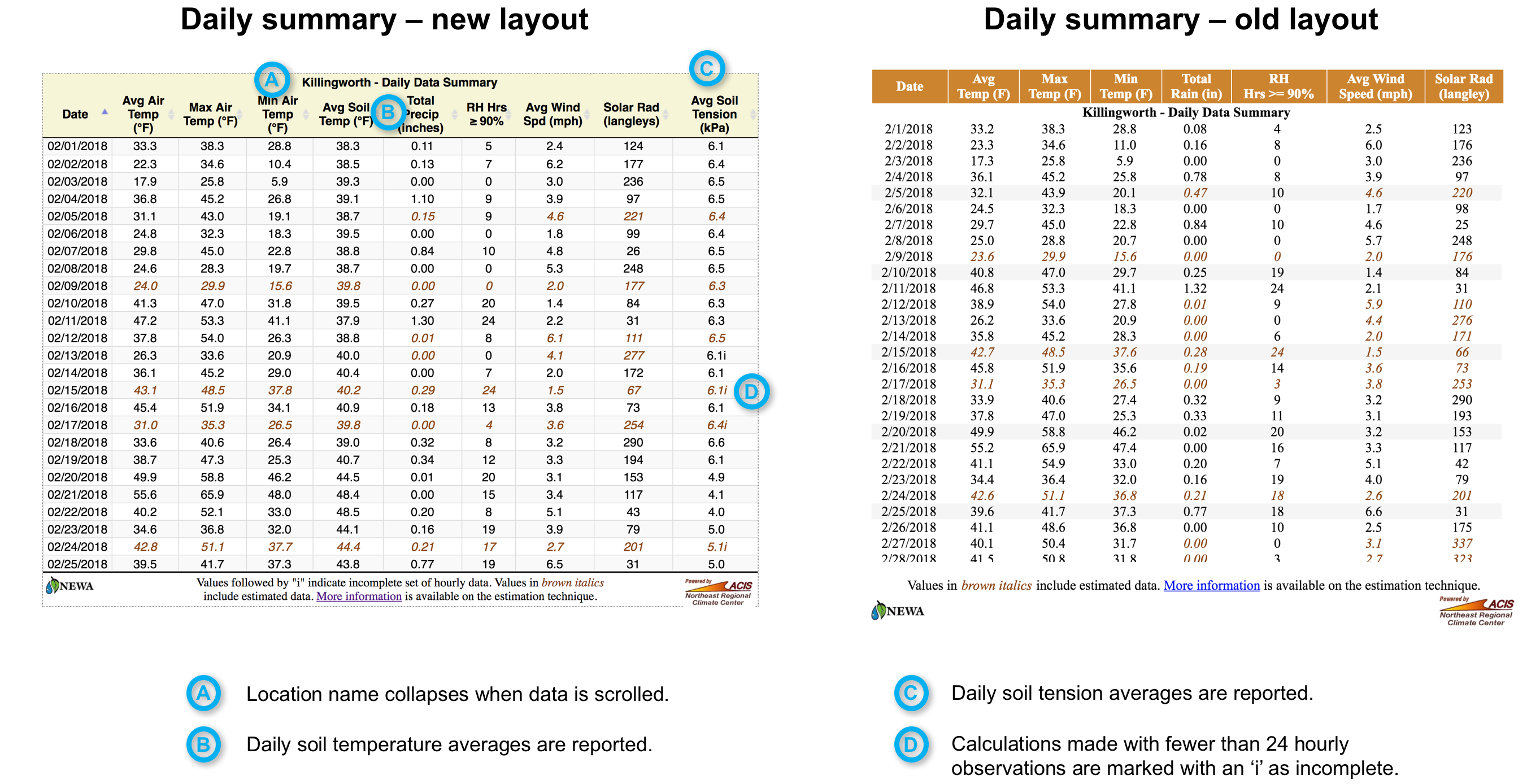NEWA publishes a yearly report for stakeholders. These summaries document NEWA IPM extension to New York State growers along with other users served by NEWA partners. NEWA is a program of the New York State IPM Program which is part of Cornell Cooperative Extension.
A complete listing of annual reports is available here:
Click here for a list of NEWA annual reports
Each NEWA report includes an annual summary of the following:
- operation and maintenance
- geographic expansion
- web use statistics
- outreach
- existing model upgrades
- new model development
- grants, projects, and initiatives
- publications
Twenty-one NEWA annual reports are available for download, beginning in 1996 when NEWA was established by NYSIPM. Reports are published in January of each year.
Join our email list to be notified when the 2018 report is released.
Stay informed about NEWA. Click here to get regular updates.

